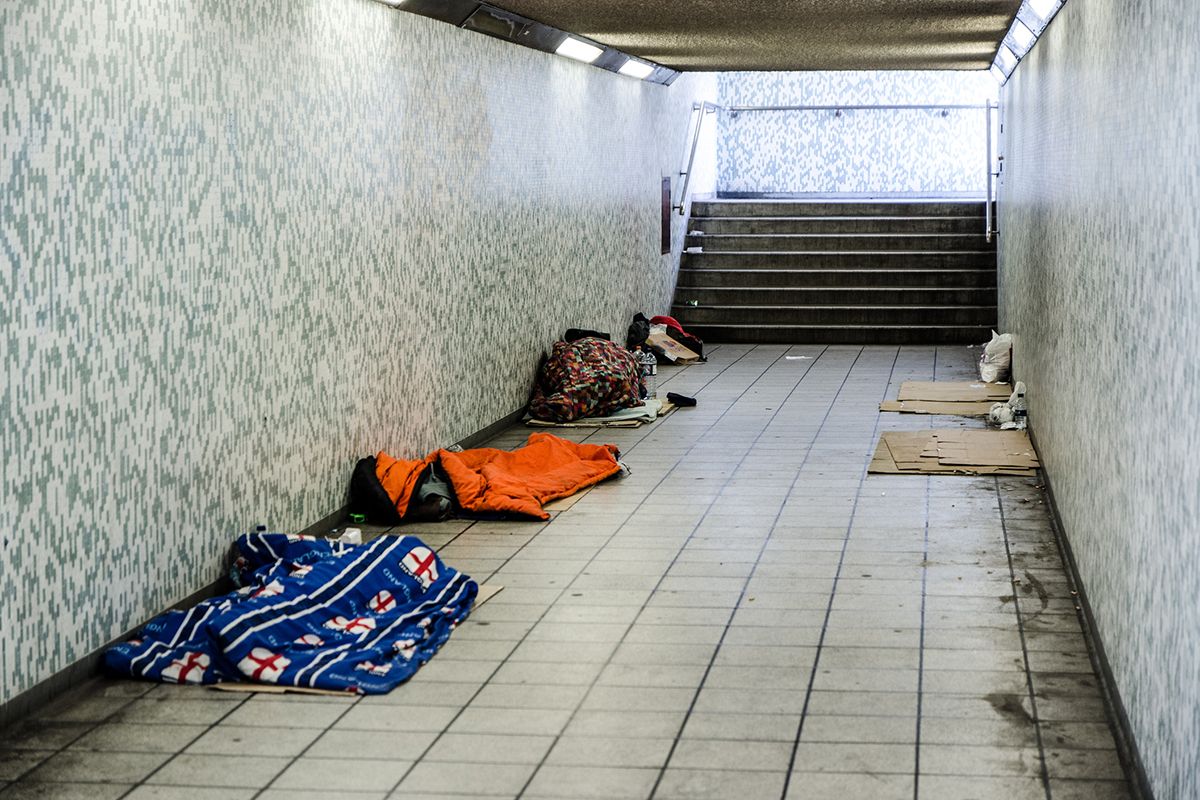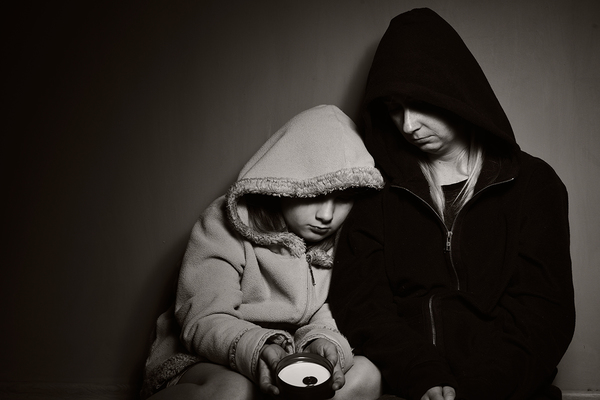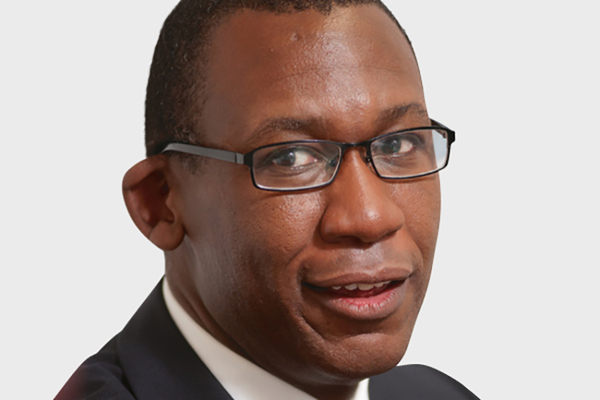You are viewing 1 of your 1 free articles
Rough sleeper count shows first drop since 2010
A one-night count of rough sleepers has shown the first drop in people spending the night on the streets since 2010.
The snapshot, published today by the Ministry of Housing, Communities and Local Government, estimated that 4,677 were sleeping rough on a single night in Autumn 2018, down 2% from the previous year.
However, rough sleeper numbers have still increased by 165% from the 2010 level of 1,768, when the counts began.
Numbers continued to increase in London, up by 146 people or 13%.
The capital accounted for 27% of the total number of rough sleepers in England, compared with 24% in the 2017 count.
Rough sleeping decreased by an estimated 6% outside of London in total, with 46% of areas reporting an increase, 40% reporting a decrease and 14% reporting no change.
Westminster, Camden and Manchester councils counted the largest numbers of rough sleepers, with 306, 141 and 123 respectively.
Brighton and Hove reported the biggest drop in rough sleeper numbers by far, down 114 people to 64.
Women accounted for 14% of the people counted rough sleeping and 6% were under 25.
UK nationals made up 64% of the total – down from 71% in 2017 – while 22% were from EU countries and another 3% from countries outside the EU.
The snapshot, carried out by councils between 1 October and 30 November, provides the most accurate figure of rough sleeping available but is only an estimate.
A note in the government’s statistical release said: “Accurately counting or estimating the number of people sleeping rough within a local authority is inherently difficult given the hidden nature of rough sleeping.
“There are a range of factors that can impact on the number of people seen or thought to be sleeping rough on any given night.
“This includes: the weather, where people choose to sleep, the date and time chosen and the availability of alternatives such as night shelters.”
The government has a target to halve rough sleeping by 2022 and eradicate it entirely by 2027.
Gavin Smart, deputy chief executive of the Chartered Institute of Housing, said: “It is frankly unacceptable that thousands of people are being forced to sleep on our streets – and the fact that this number has soared by 165% since 2010 should shame us all.
“These statistics are a stark reminder of the suffering at the very sharpest end of our national housing crisis. And we must remember that they are partly based on estimates so the true figure could be even higher.
“We must take action now. The government’s Rough Sleeping Strategy rightly recognises this and aims to halve rough sleeping by 2022 and end it by 2027 – this is achievable but only with the right level of investment and all of us pulling out all the stops to end homelessness.”



